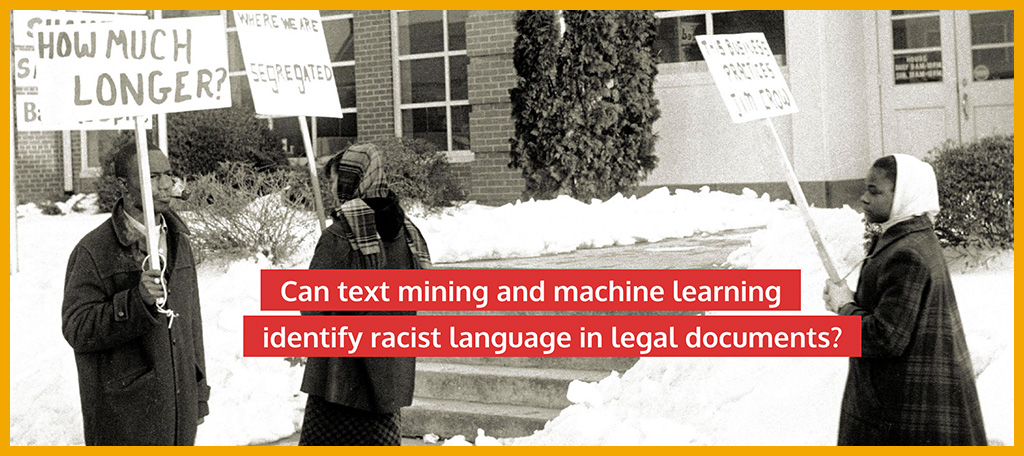The governments of British Columbia and Yukon, in Canada, have jointly issued a report (June 2021) about ethical use of AI in the public sector. It’s interesting to me as it covers issues of privacy and fairness, and in particular, the rights of people to question decisions derived from AI systems. The report notes that the public increasingly expects services provided by governments to be as fast and as personalized as services provided by online platforms such as Amazon — and this leads or will lead to increasing adoption of AI systems to aid in delivery of government services to members of the public.
The report’s concluding recommendations (pages 47–48) cover eight points (edited):
- Establish guiding principles for AI use: “Each public authority should make a public commitment to guiding principles for the use of AI that incorporate transparency, accountability, legality, procedural fairness and protection of privacy.”
- Inform the public: “If an ADS [automated decision system] is used to make a decision about an individual, public authorities must notify and describe how that system operates to the individual in a way that is understandable.”
- Provide human accountability: “Identify individuals within the public authority who are responsible for engineering, maintaining, and overseeing the design, operation, testing and updating of any ADS.”
- Ensure that auditing and transparency are possible: “All ADS should include robust and open auditing functionality with enhanced transparency measures for closed-source, proprietary datasets used to develop and update any ADS.”
- Protect privacy of individuals: “Wherever possible, public authorities should use synthetic or de-identified data in any ADS.” See synthetic data definition, below.
- Build capacity and increase education (for understanding of AI): This point covers “public education initiatives to improve general knowledge of the impact of AI and other emerging technologies on the public, on organizations that serve the public,” etc.; “subject-matter knowledge and expertise on AI across government ministries”; “knowledge sharing and expertise between government and AI developers and vendors”; development of “open-source, high-quality data sets for training and testing ADS”; “ongoing training of ADS administrators” within government agencies.
- Amend privacy legislation to include: “an Artificial Intelligence Fairness and Privacy Impact Assessment for all existing and future AI programs”; “the right to notification that ADS is used, an explanation of the reasons and criteria used, and the ability to object to the use of ADS”; “explicit inclusion of service providers to the same obligations as public authorities”; “stronger enforcement powers in both the public and private sector …”; “special rules or restrictions for the processing of highly sensitive information by ADS”; “shorter legislative review periods of 4 years.”
- Review legislation to make sure “oversight bodies are able to review AIFPIAs [see item 7 above] and conduct investigations regarding the use of ADS alone or in collaboration with other oversight bodies.”
Synthetic data is defined (on page 51) as: “A type of anonymized data used as a filter for information that would otherwise compromise the confidentiality of certain aspects of data. Personal information is removed by a process of synthesis, ensuring the data retains its statistical significance. To create synthetic data, techniques from both the fields of cryptography and statistics are used to render data safe against current re-identification attacks.”
The report uses the term automated decision systems (ADS) in view of the Government of Canada’s Directive on Automated Decision Making, which defines them as: “Any technology that either assists or replaces the judgement of human decision-makers.”
.

AI in Media and Society by Mindy McAdams is licensed under a Creative Commons Attribution-NonCommercial-NoDerivatives 4.0 International License.
Include the author’s name (Mindy McAdams) and a link to the original post in any reuse of this content.
.


